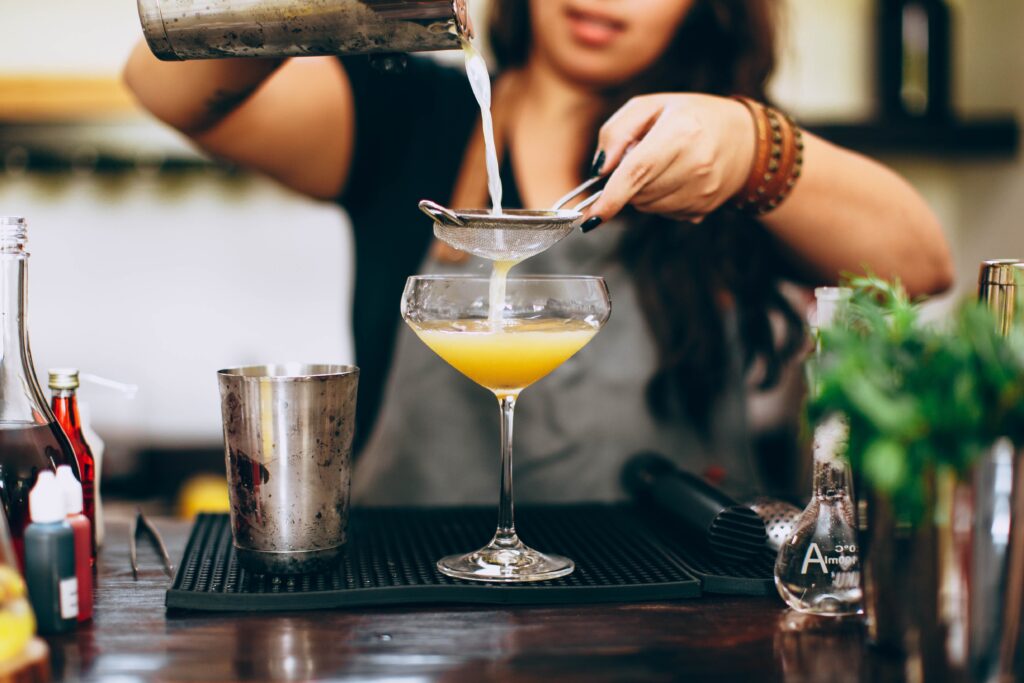Imagine it’s the tail end of Dry January. Your resolve to remain alcohol-free is wavering and your favourite cocktail is beckoning you. Unable to satisfy the urge with yet another juice, you turn to the bartender in the hopes they will make one of the cocktails non-alcoholic. The answer is often no. Why?
London-based mixologist Oscar Mackenzie believes that some cocktails are just not to be messed with. “Most spirits and liqueurs have a unique taste profile that gives the cocktail its flavour,” he says. “A Margarita without agave tequila or a French Martini without raspberry Chambord simply doesn’t make sense.”
It’s not all about flavour, either. Mixologists also consider ‘mouthfeel’ – the physical sensation a drink creates in the mouth. “Neat spirits have a bite that is quite unpleasant to most palates. Imagine drinking straight vodka – fire and pain, right?” Mackenzie says. “However, if you mix it with the right amount of dilution and other non-alcoholic flavours, you create a drink full of richness and complexity.”
To highlight how tricky mimicking alcoholic flavours can be, Mackenzie uses the example of asking a bartender to make a classic French Martini without the booze. Like many cocktails, half the ingredients are alcoholic: two parts vodka, two parts pineapple juice, half part raspberry liqueur and one part water. “A bartender could remove the vodka and replace the raspberry liqueur with raspberry syrup, but how do they lengthen the drink to fit in a glass in an aesthetically pleasing way? More water would just leave a mess of watered down pineapple and raspberry juice.
Mackenzie explains that alcohol is often critical in a cocktail to balance the sweetness of other ingredients. But where does that leave us in terms of substitutes? Recently, brands such as Seedlip and Lyres have created ‘virgin’ spirits. Mackenzie’s favourite non-alcoholic spirit is spiced rum, which recreates the spirit’s “fire and bite” by using what he assumes is “a truckload of cinnamon and allspice.” He expects to see an exponential increase in non-alcoholic spirit alternatives as alcohol consumption falls each year.
A downside of non-alcoholic spirits is that they can sometimes be more expensive than alcoholic ones. As such, bar owners may be unwilling to pay out for an ingredient they may not use much. A routinely-made non-alcoholic cocktail is the Virgin Mojito, because it’s both delicious and an easy money-maker. “It uses half a lime, six to eight mint leaves, two parts apple juice, two parts soda water and crushed ice – cheap ingredients you’ll find in any bar,” Mackenzie says. “Because it is fancifully referred to as a ‘mocktail’ and not just ‘minty, semi-sparkling apple juice’ you can charge between £5-8 for it and laugh all the way to the bank.”
With the production of delicious non-alcoholic spirits on the rise, many pubs and bars are working to include them in their menus. So next time you go to order a classic cocktail without the alcohol, consider asking the bartender to be more creative. You might be surprised.
Featured picture: Helena Lopes on Unsplash

